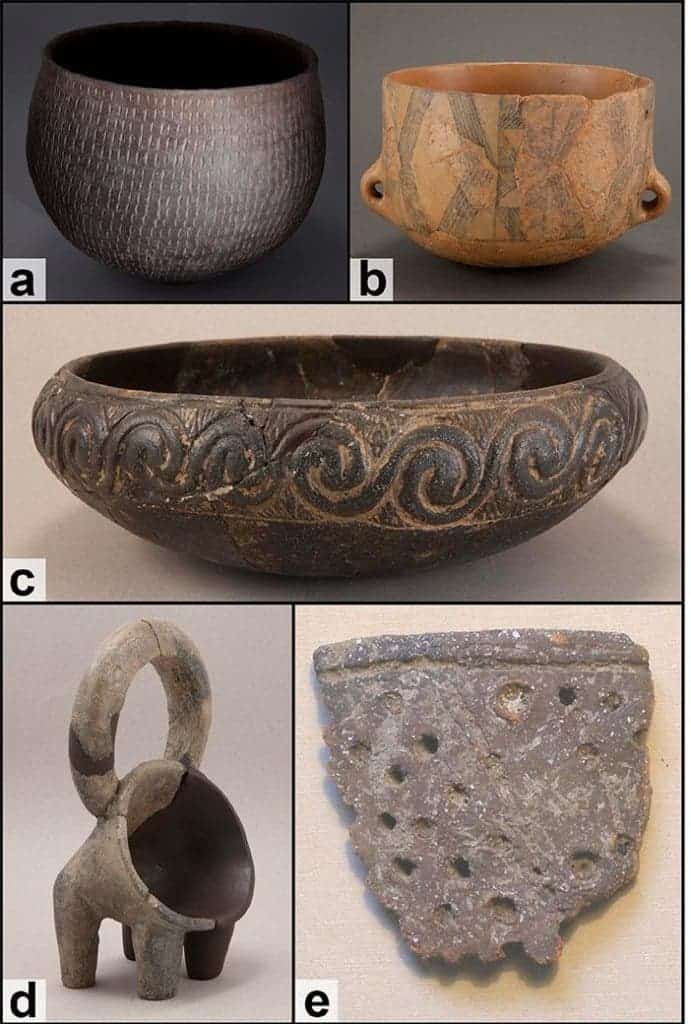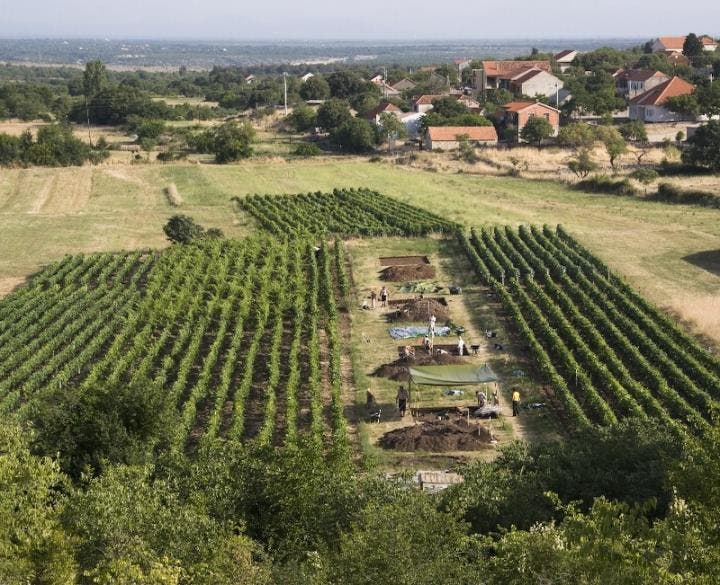Researchers propose that cheese and other dairy products helped early humans expand across Europe — and now they have the evidence to back this up.

We don’t give it too much credit nowadays, but cheese — this simple, nigh ubiquitous food — was vital to our ancestors. Cheese predates written history, being so old and common that we don’t really know where it originated. There’s a good chance that cheese goes back to 10,000 years ago, when sheep were first domesticated, but the first evidence of cheese-making in the archaeological record dates back to 7,500 years ago, in what is now Poland. But in the Mediterranean area, a place with such a rich culture, evidence dated back to ‘only’ the beginning of the Bronze Age, some 5,000 years ago.
Until now.
In a new study, Sarah McClure of the Pennsylvania State University and colleagues analyzed stable carbon isotopes of fatty acids preserved on pots found on Neolithic sites in modern Croatia.
The sites belong to two ancient villages, Pokrovnik and Danilo Bitinj, which were occupied between 6000 and 4800 BCE on the coast of the Adriatic Sea in the Mediterranean. Both sites preserve several types of pottery across that age range and archaeologists were hoping to find relevant residue on the pottery. The analysis found evidence of milk, along with meat and fish, throughout this entire period. Particularly, the cheese residues start from around 5200 BCE, suggesting that that’s when cheese production started. It seems that the residents of these villages were using specific pottery types for the production of different foods, with cheese residue being most common on rhyta (a type of drinking container) and sieves.

The advantage of cheese is that it’s durable, easily storable, and relatively low-lactose — fermentation of milk into yogurt and cheese significantly decreases lactose content. While children would have been lactose-tolerant until after weaning, genetic data from previous studies suggests that early farming populations were largely lactose intolerant, which means that they would find cheese much easier to digest than milk, for instance.
Archaeological data from Croatia (particularly the area around northern Dalmatia) indicates that farmers were fully committed to plant and animal husbandry as a subsistence system. The authors thus suggest that cheese production and associated ceramic technology were key factors allowing the development of these early settlements.
“We suggest that milk and cheese production among Europe’s early farmers reduced infant mortality and helped stimulate demographic shifts that propelled farming communities to expand to northern latitudes.”
It’s also remarkable that sizable villages, like the ones in which the new surveys were carried out, were already in place some 8000 years ago.
The study has been published in PLoS.


